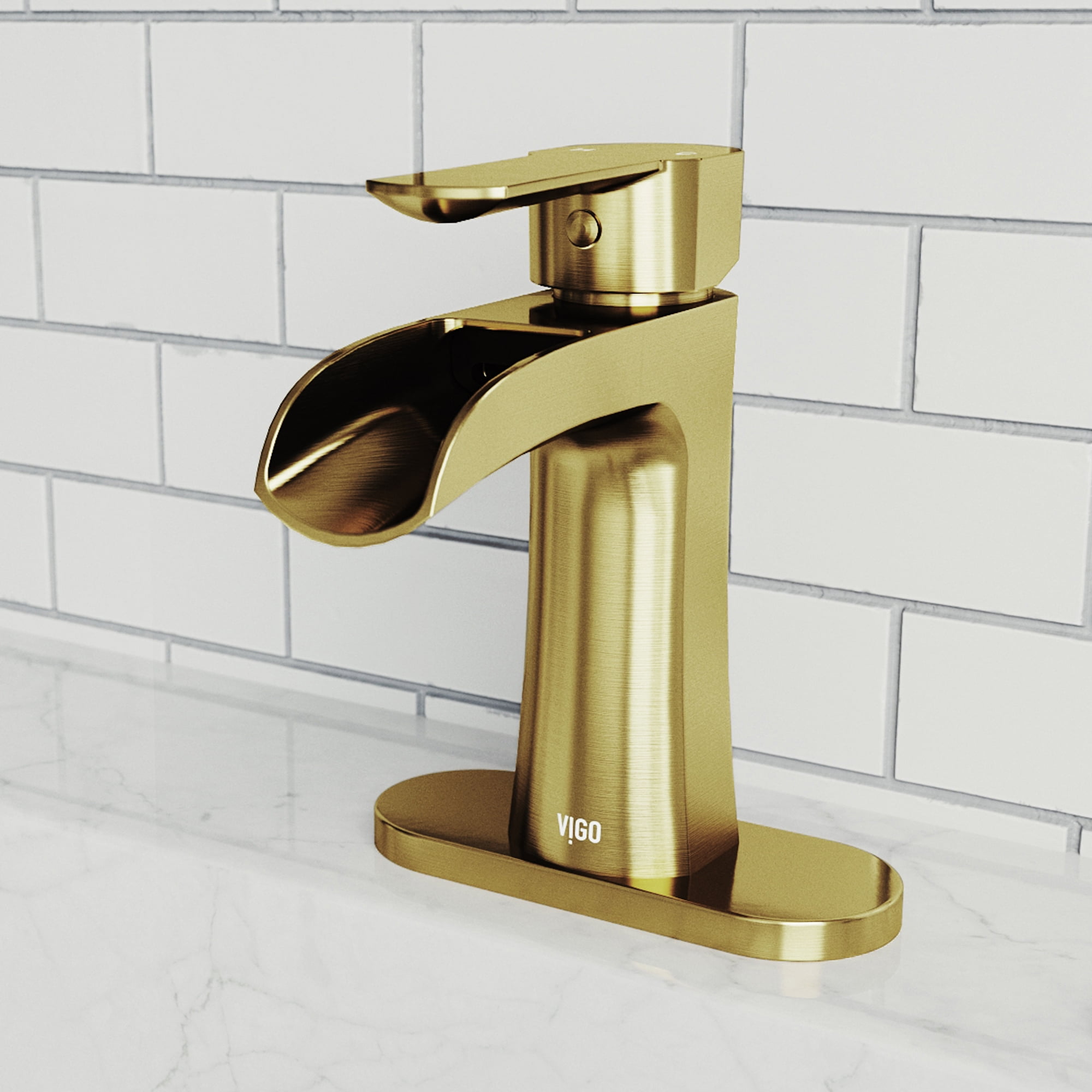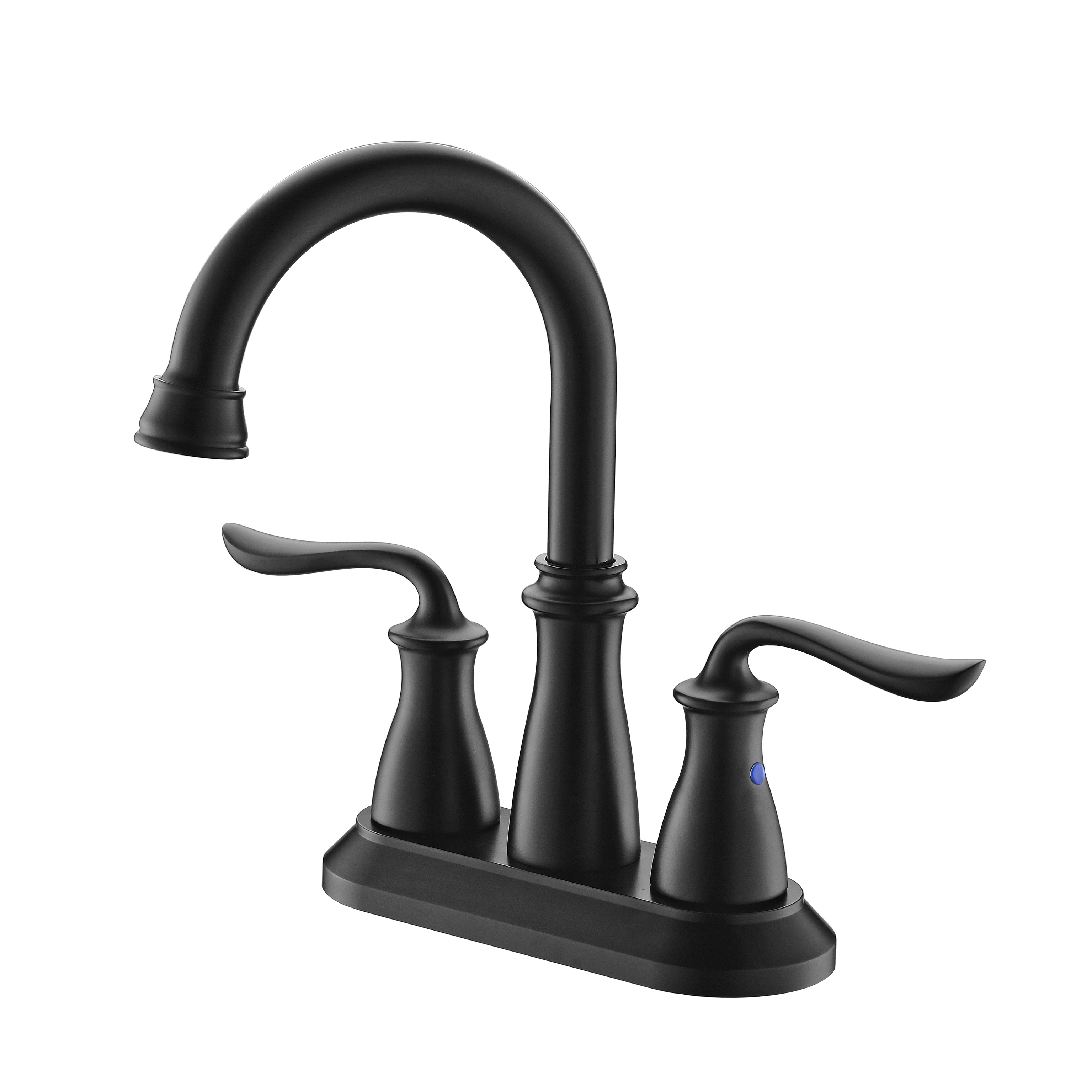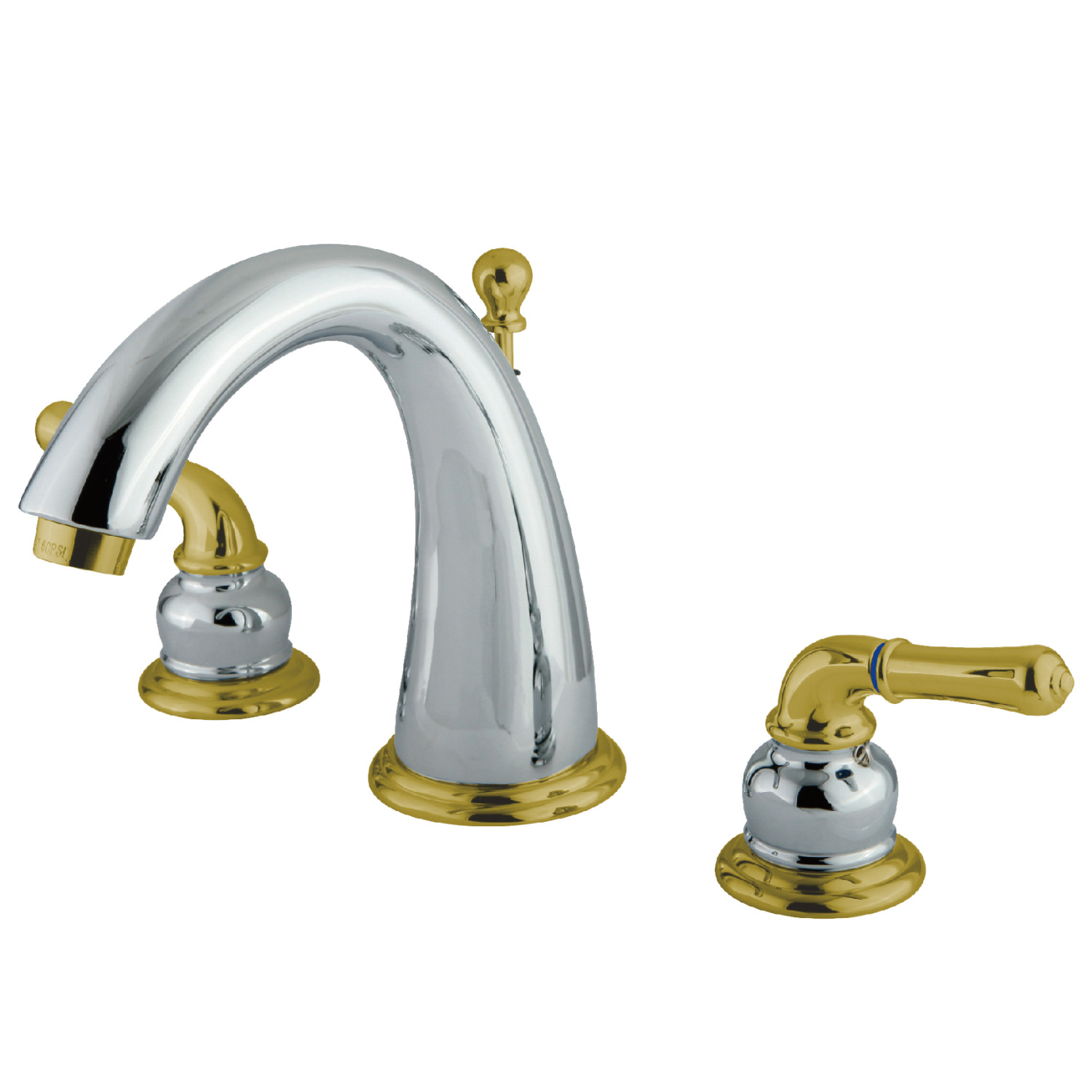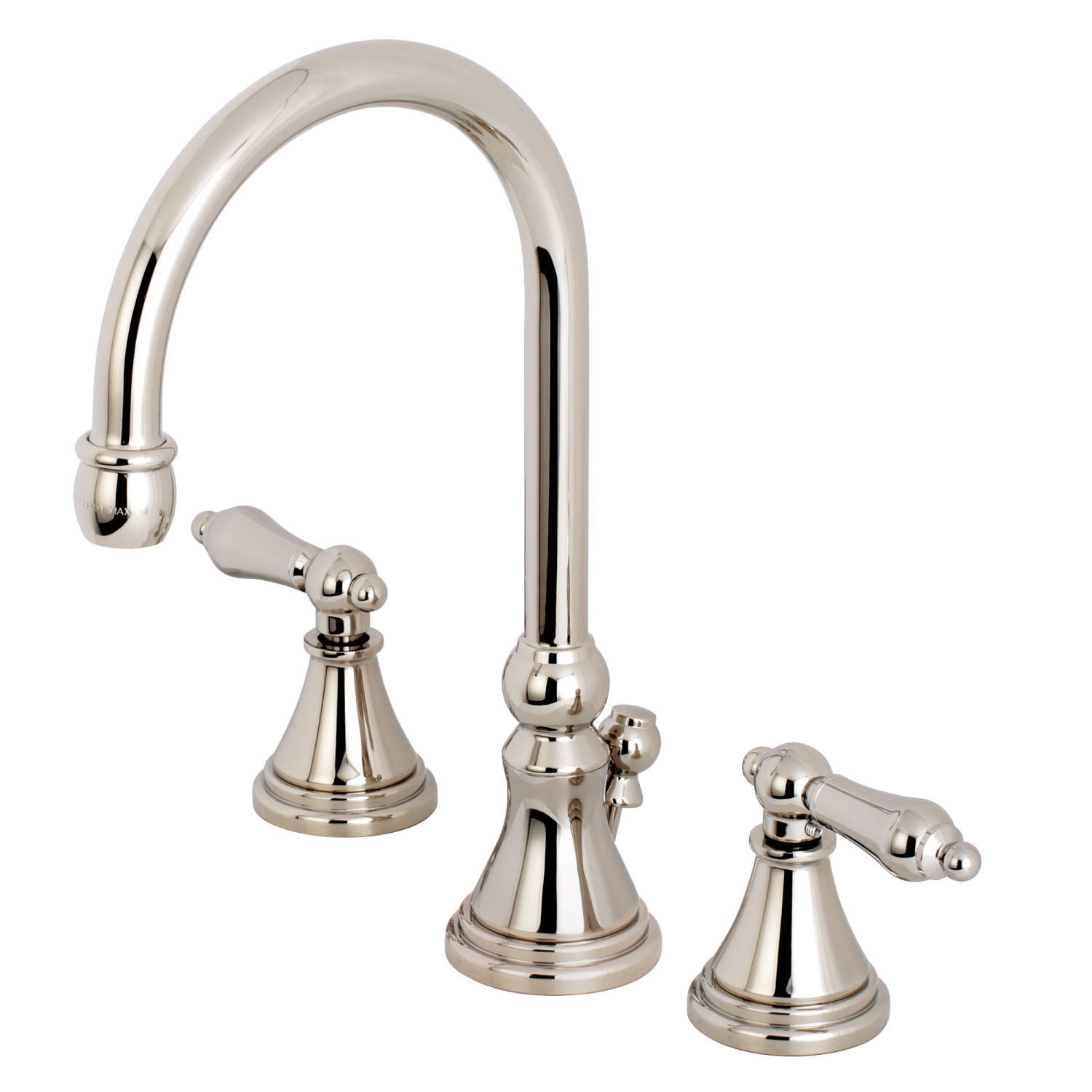Antique Brass Single Hole Bathroom Faucet

Antique brass bathroom faucets have been a staple in bathrooms for centuries, adding a touch of elegance and sophistication to any space. They’re not just a stylish choice, they’re a nod to history, with a rich backstory that reflects changing design trends and evolving tastes.
Historical Significance
Antique brass bathroom faucets have a long and storied history, dating back to the Victorian era. During this period, brass was a popular material for plumbing fixtures due to its durability and resistance to corrosion. Victorian-era faucets were often ornate and intricate, featuring intricate designs and elaborate details. As the 20th century progressed, brass continued to be a popular choice for bathroom faucets, with designs evolving to reflect the changing aesthetic preferences of the time. Mid-century modern faucets, for instance, often featured clean lines and minimalist designs, while later styles embraced more contemporary and eclectic looks.
Appeal of Antique Brass in Contemporary Bathroom Design
Antique brass bathroom faucets are experiencing a resurgence in popularity in contemporary bathroom design. This trend can be attributed to several factors:
- Nostalgia: Antique brass evokes a sense of nostalgia, transporting us back to a bygone era of elegance and refinement.
- Timeless Appeal: Antique brass has a timeless appeal that transcends trends, ensuring that your bathroom will remain stylish for years to come.
- Warmth and Character: Antique brass adds a touch of warmth and character to any bathroom, creating a welcoming and inviting ambiance.
- Versatility: Antique brass complements a wide range of bathroom styles, from traditional to contemporary, allowing you to create a unique and personalized space.
Styles and Designs of Antique Brass Single Hole Bathroom Faucets
Antique brass single hole bathroom faucets come in a wide variety of styles and designs, offering something for every taste and budget. Here are some popular examples:
- Traditional: Traditional antique brass single hole bathroom faucets often feature ornate details, such as cross handles, scrollwork, and decorative accents. They are perfect for creating a classic and elegant bathroom design.
- Modern: Modern antique brass single hole bathroom faucets typically feature clean lines and minimalist designs. They are perfect for creating a sleek and contemporary bathroom design.
- Industrial: Industrial antique brass single hole bathroom faucets often feature exposed pipes and rough-hewn finishes. They are perfect for creating a raw and edgy bathroom design.
- Transitional: Transitional antique brass single hole bathroom faucets bridge the gap between traditional and modern styles. They often feature a blend of classic and contemporary elements, creating a balanced and sophisticated look.
Material and Construction: Antique Brass Single Hole Bathroom Faucet
Antique brass bathroom faucets are known for their classic elegance and timeless appeal. Their unique material and construction process contribute to their enduring quality and aesthetic charm.
Antique Brass Characteristics
Antique brass is an alloy of copper and zinc that has been treated to achieve a distinctive aged finish. This process involves creating a patina, which is a layer of oxidation that develops over time, giving the brass a warm, rich, and slightly weathered look. Antique brass is durable and resistant to corrosion, making it suitable for long-term use in humid bathroom environments. However, it requires regular cleaning and maintenance to preserve its appearance.
Antique Brass Faucet Manufacturing
Antique brass bathroom faucets are crafted using traditional techniques and modern manufacturing methods. The process typically involves:
- Casting: Molten brass is poured into molds to create the faucet’s basic shape.
- Machining: The cast pieces are then machined to precise dimensions, ensuring proper functionality and fit.
- Polishing: The faucet is polished to remove any imperfections and create a smooth surface.
- Patina Application: The patina is applied through a variety of techniques, including chemical treatments, heat, and exposure to air.
- Assembly: The finished components are assembled into a complete faucet.
Comparison with Other Materials
Antique brass offers a distinct aesthetic compared to other popular bathroom faucet materials, such as chrome, nickel, and bronze.
| Material | Characteristics |
|---|---|
| Chrome | Shiny, reflective, and resistant to corrosion. It’s easy to clean and maintain but can be prone to scratches. |
| Nickel | Similar to chrome but with a slightly warmer tone. It’s durable and resistant to corrosion, but it can also be prone to scratches. |
| Bronze | Offers a warm, rustic look with a natural patina. It’s durable and resistant to corrosion but requires more maintenance than chrome or nickel. |
| Antique Brass | Classic elegance with a warm, rich, and slightly weathered look. Durable and resistant to corrosion, but requires regular cleaning and maintenance. |
Design Features and Functionality

Antique brass single hole bathroom faucets are known for their timeless elegance and classic appeal. Their design features are carefully crafted to complement various bathroom styles, while their functionality ensures a smooth and efficient user experience.
Design Elements
The design elements of antique brass single hole bathroom faucets are crucial in determining their aesthetic appeal and overall style. These elements include the lever handles, cross handles, and spout styles.
- Lever Handles: Lever handles are the most common type of handle found on antique brass single hole bathroom faucets. They are easy to operate, offering smooth and effortless control over water flow and temperature. The lever handle design can vary, from simple and sleek to ornate and decorative, depending on the faucet’s overall style.
- Cross Handles: Cross handles, also known as “crosshead” handles, are a classic design element often associated with antique brass bathroom faucets. They feature two perpendicular handles, typically with a round or square shape. These handles require a twisting motion to control water flow and temperature, adding a touch of traditional charm to the faucet.
- Spout Styles: The spout of a bathroom faucet is responsible for directing the water flow. Antique brass single hole bathroom faucets offer a variety of spout styles, including:
- Gooseneck Spout: This style features a long, curved spout that gracefully extends outwards, adding a touch of elegance to the faucet.
- Straight Spout: As the name suggests, a straight spout extends directly outwards from the faucet, providing a simple and practical water flow.
- Widespread Spout: Widespread spouts are designed to extend further out from the faucet, allowing for a wider reach and greater flexibility in water flow direction.
Functionality
Antique brass single hole bathroom faucets are designed for optimal functionality, offering smooth water flow control, precise temperature regulation, and water-saving features.
- Water Flow Control: The handles of antique brass single hole bathroom faucets provide precise control over water flow. Lever handles offer smooth and effortless control, while cross handles require a twisting motion, allowing for a more deliberate adjustment.
- Temperature Regulation: Antique brass single hole bathroom faucets typically feature a single lever or cross handle that controls both water flow and temperature. This allows for easy and precise adjustment of the water temperature, ensuring a comfortable and enjoyable experience.
- Aerators: Aerators are small devices attached to the spout of a faucet that mix air with water, creating a smooth and even flow. They also help reduce water consumption, making them an environmentally friendly addition to bathroom faucets.
Single Hole Bathroom Faucet Installation
Single hole bathroom faucets offer a sleek and modern look, but their installation requires careful planning and considerations.
- Advantages:
- Space-Saving: Single hole bathroom faucets require only one hole in the countertop, maximizing space and creating a clean and uncluttered look.
- Modern Aesthetic: The sleek and minimalist design of single hole bathroom faucets complements modern and contemporary bathroom styles.
- Limited Flexibility: Single hole bathroom faucets offer less flexibility in handle placement compared to widespread or centerset faucets.
- Potential for Leaks: If the single hole is not properly drilled or sealed, it can lead to leaks and water damage.
Installation and Maintenance

Installing an antique brass single hole bathroom faucet is a straightforward process that can be done by most homeowners with basic DIY skills. The installation process involves connecting the faucet to the water supply lines and securing it to the sink countertop. Maintaining your antique brass faucet is crucial to preserving its beauty and functionality. With proper care, your faucet will remain a stunning focal point in your bathroom for years to come.
Installation Process
Installing an antique brass single hole bathroom faucet is a relatively simple process that can be completed with basic tools and a bit of patience. Here’s a step-by-step guide:
- Turn off the water supply to the bathroom sink. Locate the shut-off valves for the hot and cold water lines beneath the sink and turn them clockwise until they are completely closed.
- Remove the old faucet. Unscrew the old faucet from the sink countertop using a wrench. You may need to use a pipe wrench for stubborn connections. Once the old faucet is removed, disconnect the water supply lines from the faucet body.
- Clean the sink hole. Use a cleaning cloth to remove any debris or old sealant from the sink hole. This ensures a clean and secure connection for the new faucet.
- Install the new faucet. Place the new faucet in the sink hole and align it with the mounting plate. Use a wrench to tighten the mounting nut underneath the sink, securing the faucet to the countertop.
- Connect the water supply lines. Attach the water supply lines to the faucet body, making sure the hot and cold lines are connected to the correct inlets. Tighten the connections securely using a wrench.
- Turn on the water supply. Slowly open the shut-off valves for the hot and cold water lines to allow water to flow through the new faucet. Check for leaks at the connections and tighten any loose fittings as needed.
- Test the faucet. Turn the faucet handles to test the hot and cold water flow. Make sure the water pressure is adequate and there are no leaks.
Tools and Materials
Here are the essential tools and materials you’ll need for installing your antique brass single hole bathroom faucet:
- Adjustable wrench
- Pipe wrench (optional)
- Channel-lock pliers
- Phillips screwdriver
- Flathead screwdriver
- Plumber’s tape (Teflon tape)
- Silicone sealant
- Cleaning cloth
- New faucet
- Installation instructions (provided with the faucet)
Maintenance and Cleaning
Keeping your antique brass bathroom faucet looking its best and functioning smoothly requires regular maintenance and cleaning. Here are some tips:
- Wipe down the faucet regularly. Use a soft, damp cloth to wipe away any water spots, dust, or fingerprints. Avoid using harsh chemicals or abrasive cleaners that can damage the finish.
- Clean the aerator. The aerator is a small, removable part at the end of the faucet spout that helps to regulate water flow and prevent splashing. Unscrew the aerator and soak it in a solution of vinegar and water for a few hours to remove mineral buildup. Rinse the aerator thoroughly and reattach it to the faucet.
- Apply a protective coating. To prevent tarnishing and preserve the antique brass finish, apply a thin layer of wax or sealant to the faucet surface every few months. This will help to repel water and protect the metal from oxidation.
- Avoid using harsh chemicals. Harsh chemicals, such as bleach or ammonia, can damage the antique brass finish. Stick to mild cleaners and avoid using abrasive sponges or scouring pads.
- Address leaks promptly. If you notice any leaks, address them immediately to prevent further damage to the faucet and surrounding areas.
Antique Brass Single Hole Bathroom Faucet in Interior Design

Antique brass bathroom faucets, with their rich, warm tones and vintage charm, offer a unique opportunity to elevate your bathroom’s aesthetic. They can seamlessly blend into a variety of design styles, adding a touch of sophistication and personality to your space.
Incorporating Antique Brass Bathroom Faucets into Different Bathroom Design Styles
Antique brass bathroom faucets can be incorporated into a variety of bathroom design styles, adding a touch of vintage elegance and sophistication. Here are some popular styles:
- Traditional: Antique brass bathroom faucets are a natural fit for traditional bathrooms. Their warm, golden tones complement the rich wood tones and intricate details often found in these spaces. Pair them with classic white subway tiles, marble countertops, and ornate mirrors for a truly timeless look.
- Farmhouse: The rustic charm of antique brass bathroom faucets pairs perfectly with the farmhouse aesthetic. Their warm tones complement the natural textures and materials often used in these spaces, such as reclaimed wood, stone, and distressed finishes. Combine them with farmhouse sinks, open shelving, and natural fiber rugs for a cozy and inviting feel.
- Industrial: Antique brass bathroom faucets can add a touch of vintage industrial flair to a modern bathroom. Their warm tones contrast beautifully with the sleek lines and exposed elements often found in these spaces, such as concrete, metal, and exposed brick. Pair them with industrial-style lighting, reclaimed wood accents, and black or gray finishes for a sophisticated and edgy look.
Visual Representations of Antique Brass Bathroom Faucets in Different Bathroom Settings
| Style | Bathroom Setting | Description | Antique Brass Single Hole Bathroom Faucet |
|---|---|---|---|
| Traditional | A spacious bathroom with white subway tiles, a clawfoot tub, and a marble countertop. | The antique brass faucet complements the traditional elements of the bathroom, adding a touch of vintage elegance. | A single-hole antique brass bathroom faucet with a cross handle and a matching spout. |
| Farmhouse | A cozy bathroom with reclaimed wood beams, a farmhouse sink, and a rustic vanity. | The antique brass faucet adds a touch of warmth and charm to the farmhouse aesthetic. | A single-hole antique brass bathroom faucet with a lever handle and a matching spout. |
| Industrial | A modern bathroom with concrete floors, exposed brick walls, and industrial-style lighting. | The antique brass faucet adds a touch of vintage industrial flair to the modern bathroom. | A single-hole antique brass bathroom faucet with a sleek, minimalist design and a matching spout. |
Design Recommendations for Pairing Antique Brass Bathroom Faucets with Complementary Fixtures, Accessories, and Finishes
- Complementary Fixtures: Pair antique brass bathroom faucets with other fixtures in complementary finishes, such as brushed nickel, oil-rubbed bronze, or black. These finishes will create a cohesive and sophisticated look.
- Accessories: Antique brass bathroom faucets can be paired with a variety of accessories, such as towel bars, robe hooks, and toilet paper holders. Choose accessories in matching or complementary finishes to create a unified look.
- Finishes: Antique brass bathroom faucets can be paired with a variety of finishes, such as white, gray, black, or brown. Choose finishes that complement the overall design aesthetic of your bathroom.
